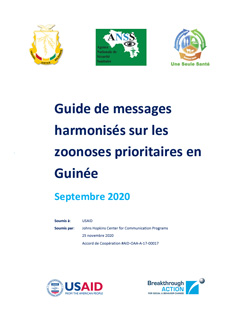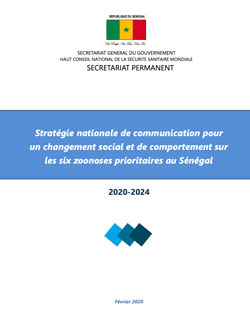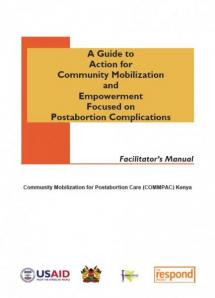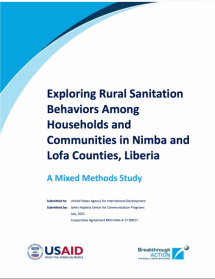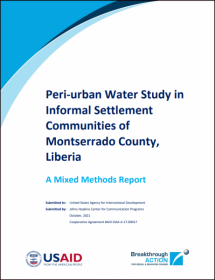Guide de messages harmonisés sur les zoonoses prioritaires en Guinée
Ce guide de messages marque le début d’une nouvelle étape dans la communication sur les risques liés aux maladies zoonotiques prioritaires identifiées; il contribue à la préparation et à une réponse harmonisée aux grandes flambées épidémiques en Guinée. Il servira de référence aux acteurs de la riposte ; il facilitera la conception d’outils et de matériels de sensibilisation efficaces, la promotion de comportements sains et la mobilisation des communautés pour qu’elles adoptent des mesures de prévention des épidémies et pandémies de zoonoses. Disponible uniquement en français.
Priority Zoonotic Disease Message Guide
This message guide marks the beginning of a new stage in risk communication on identified priority zoonotic diseases; it contributes to preparedness and a harmonized response to major epidemic outbreaks in Guinea.
The Guide will serve as a reference for response actors; it will facilitate the design of effective awareness tools and materials, the promotion of healthy behaviors, and the mobilization of communities to adopt measures to prevent zoonotic disease epidemics and pandemics. Available only in French.
Source: Johns Hopkins Center for Communication Programs
Date of Publication: March 31, 2022

